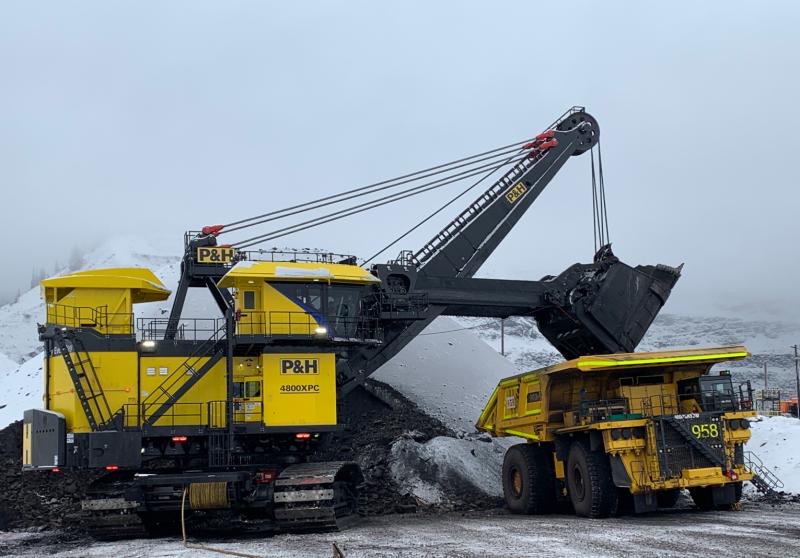The Global Mining Guidelines Group (GMG) has published A Standardised Time Classification Framework for Mobile Equipment in Surface Mining: Operational Definitions, Time Usage Model, and Key Performance Indicators.
This guideline “offers recommendations for the consistent classification of surface mining operational activities, statuses, and events into standard time categories and provides a Time Usage Model, which is a visual representation of this framework.” The guideline also includes recommended definitions for common industry operational key performance indicators (KPIs) for reporting asset availability and utilisation.
The Time Usage Model is described as a valuable operations tool that mining companies can use to capture overall asset operational time and downtime, which enables the measurement of and tracking of performance. This tool will allow management personnel to monitor and manage time usage, providing a foundation for operational excellence. Guideline contributor Craig Yeliga, Senior Specialist, Dispatch at Teck said that “having a Time Usage Model and key metric calculations standardised across all our operations has resulted in insightful and actionable analysis” for his company.
The guideline’s benefits are broader too, as Yeliga added, “[it] will enable benchmarking between organisations through standardised definitions, common classifications of operational activity, as well as a standardised time usage model and key performance indicators.”
Speaking to the value of benchmarking and collaboration, Todd Myers, Manager – Technology Process at New Hope Group, who participated in reviewing the guideline, said that “operational KPIs and benchmarking – both internally and externally – are important components of process improvement in mining organisations. These are made much more meaningful when we have a common language for operational activity. Industry collaborations such as the GMG Time Classification Framework are critical in developing this common language.” For example, this common language can be used to improve data collection, which can result in a better understanding of delays and productive time usage, thereby improving performance across the industry.
Common language can also benefit those developing digital data collection tools. Speaking from a software vendor’s perspective, Jayne Kato, Product Manager at Deswik said, “although we need to accommodate our users’ time usage definitions, this guideline will be a useful reference for future development of time usage definitions in our software.”
One of the greatest challenges with creating this common framework is that operations are diverse and have unique requirements and capabilities, which is reflected in how they approach time classification and the level of detail they can collect. “We have intentionally made the model flexible in order to address varying levels of collection capability” said Zoltan Lukacs, Asset Optimisation and Operational Readiness Advisor and leader of this project. “If operations cannot report data at the most granular levels of the model, they can still apply the model by rolling up to the next level. Also, if companies would like to adapt the model to their operations, they can add new subcategories to provide greater detail internally, while still using the broader categories in the model to perform external benchmarking.”
Looking ahead, future GMG work in this area includes creating a more specific classification of maintenance time, validating the model in conventional and autonomous operations, adding further granularity to the model and expanding the existing framework to incorporate underground and fixed plant operations. User experience will also help to determine future work, and GMG encourages users to share case studies and feedback.











